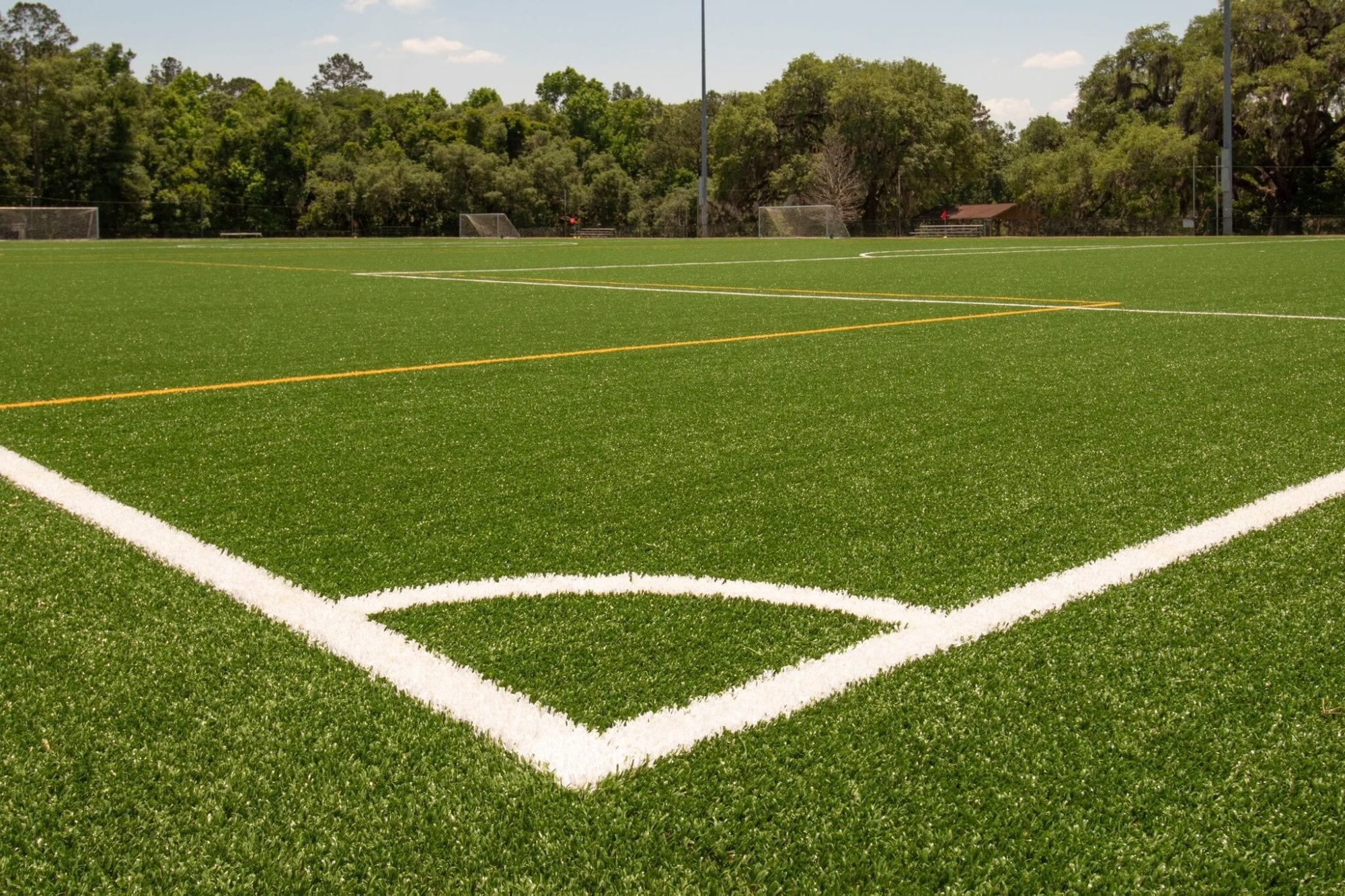Premier Phoenix Turf Companies Providing High-End Synthetic Lawn Solutions
Premier Phoenix Turf Companies Providing High-End Synthetic Lawn Solutions
Blog Article
Look Into the Environmental Perks of Opting for Artificial Grass Solutions
The fostering of artificial turf solutions offers an engaging possibility to address pressing ecological challenges. By substantially lowering water use and lessening the application of damaging chemicals, these options not just advertise lasting landscaping but likewise secure regional ecological communities.
Water Conservation Conveniences
One of the most significant benefits of fabricated grass is its ability to save water. In contrast, synthetic turf does not require watering, dramatically minimizing the total demand for water resources.
By eliminating the demand for regular watering, synthetic grass adds to sustainable landscape techniques and helps minimize the environmental influence of extreme water intake. The preservation of water expands to the reduction of overflow, which can lead to soil erosion and river air pollution.
Additionally, the setup of synthetic grass permits municipalities and property owners to allot water resources extra effectively, concentrating on important usages such as alcohol consumption water and agriculture. The shift in the direction of synthetic grass not only promotes accountable water use yet additionally aligns with wider ecological objectives intended at maintaining all-natural resources.
As communities progressively prioritize sustainability, the water conservation benefits of synthetic grass offer an engaging case for its fostering in industrial and property landscape design jobs.
Lowered Chemical Usage
The transition to synthetic turf considerably decreases the reliance on chemical treatments commonly used in all-natural yard upkeep. Typical lawn monitoring commonly involves the application of pesticides, fertilizers, and herbicides to promote growth and control parasites. These chemicals can pose dangers to human health and wellness, local wildlife, and the setting, adding to dirt and water contamination.
In comparison, synthetic lawn gets rid of the need for these dangerous substances. By lessening the release of artificial compounds into the ecological community, synthetic turf promotes much healthier soil and water systems.
Additionally, the lack of chemical overflow related to synthetic grass installations assists protect regional rivers from air pollution, supporting water life and maintaining biodiversity. Artificial turf companies phoenix. As areas increasingly focus on sustainable methods, opting for artificial grass provides a practical service that lines up with ecological conservation goals. With this shift, residential property proprietors can enjoy rich eco-friendly spaces without jeopardizing eco-friendly wellness, leading the means for a much more lasting future
Reduced Carbon Footprint

Furthermore, the setup of synthetic grass can result in considerable water preservation. All-natural grass call for significant amounts of water for watering, which not just includes in the carbon footprint related to water removal and therapy yet additionally strains regional water sources. On the other hand, synthetic grass requires minimal maintenance, requiring no watering, thereby substantially minimizing water usage and its associated power prices.
In addition, the long life of artificial turf contributes to its reduced carbon influence. With a life-span of up to 15 years or more, the demand for constant substitutes is diminished, leading to less waste and lower power consumption in manufacturing and taking care of typical yard options. In general, man-made turf presents a lasting alternative for environmentally conscious landscape design.
Environment Preservation
Environment conservation is a critical factor to consider in the dispute over landscaping options, especially when contrasting synthetic grass to all-natural yard. All-natural lawn lawns often call for substantial maintenance, consisting of making use of chemicals, fertilizers, and herbicides, which can adversely affect local environments. These chemicals can leach right into the soil and rivers, harming indigenous plants and animals and interrupting neighborhood habitats.
Artificial grass gets rid of the demand for harmful chemicals, thereby protecting nearby wild animals and preserving the stability of surrounding ecosystems. The setup of man-made grass can lead to the conversion of former turf locations right into even more biodiverse landscapes, click to find out more such as pollinator gardens or native plant areas, which can sustain local wildlife.
Ultimately, the transition to artificial lawn not only saves water and decreases maintenance initiatives yet also fosters a more unified connection between human tasks and the native environment, promoting environment conservation at the same time.
Long-Term Sustainability
Lasting sustainability is a critical variable in examining the advantages of fabricated lawn over standard yard lawns. Among one of the most substantial advantages of synthetic grass is its durability; it can last approximately 15-20 years with very little maintenance, whereas natural turf requires regular reseeding and replacement. This long life decreases the need for constant sources, such as water, fertilizers, and chemicals, which are essential for keeping a healthy yard lawn.
In addition, fabricated grass adds to a reduction in carbon exhausts related to grass treatment equipment. Standard lawns commonly require gas-powered lawn mowers, trimmers, and blowers, every one of which add to air pollution. Arizona turf. In contrast, artificial grass removes the need for such devices, advertising a cleaner atmosphere
In addition, the production of synthetic grass websites increasingly makes use of recycled materials, improving its sustainability account. As suppliers adopt green methods, the site link ecological impact of artificial turf remains to decrease.

Conclusion
The adoption of artificial grass services provides considerable ecological advantages, consisting of substantial water conservation, decreased reliance on unsafe chemicals, and a lower carbon impact. Fabricated grass help in preserving natural environments by minimizing land disruption and promoting long-lasting sustainability with the usage of durable products. Jointly, these elements emphasize the potential of synthetic grass to contribute favorably to environmental health and wellness and supply a feasible option to typical landscaping practices in a significantly resource-conscious world.
In contrast, man-made lawn does not need watering, considerably minimizing the total need for water resources. By lessening the launch of artificial substances right into the ecosystem, synthetic grass advertises much healthier soil and water systems.
Moreover, the installment of artificial turf can result in substantial water conservation. In contrast, artificial turf needs very little maintenance, requiring no watering, thus considerably minimizing water use and its linked power expenses.

Report this page